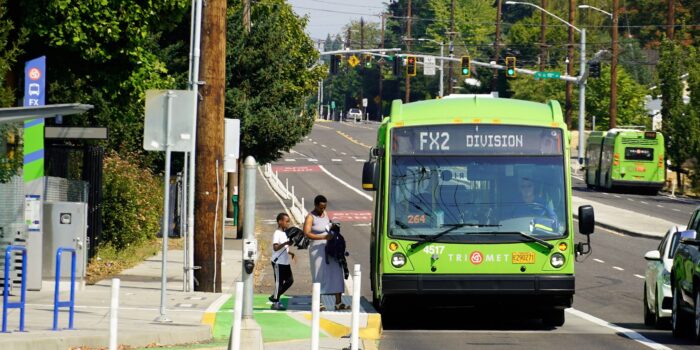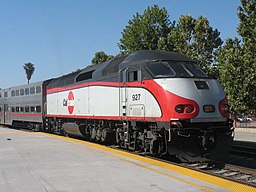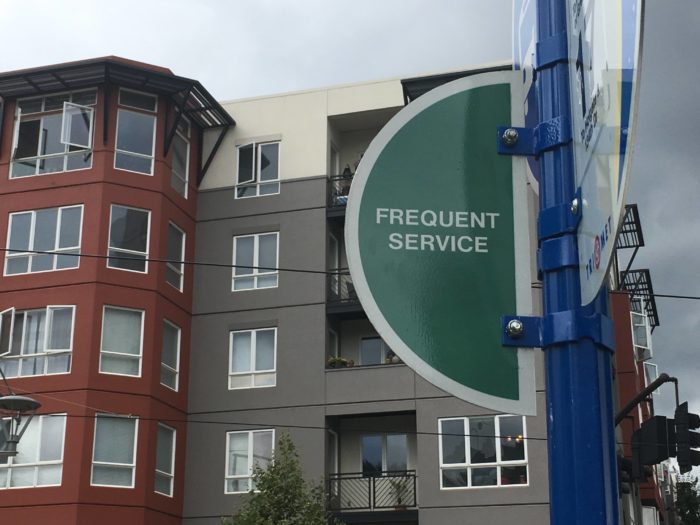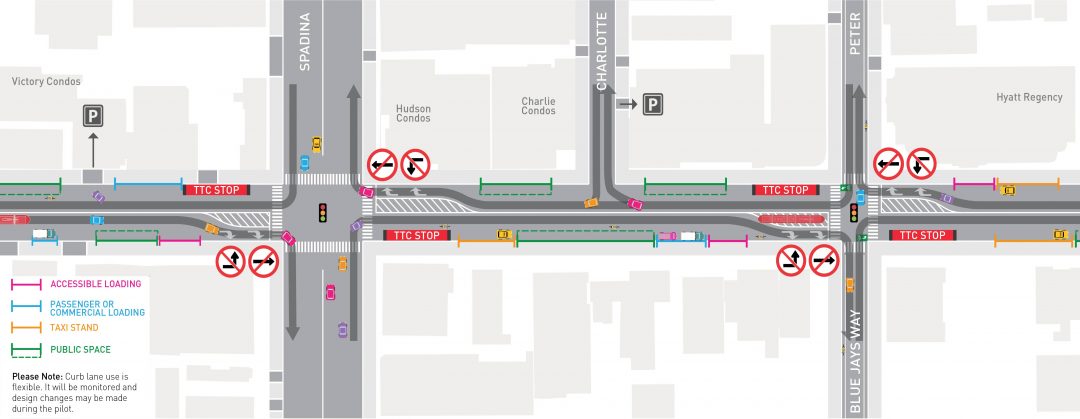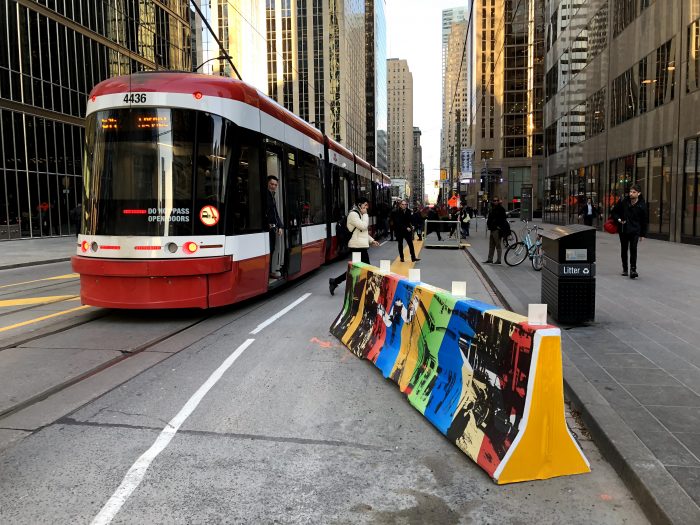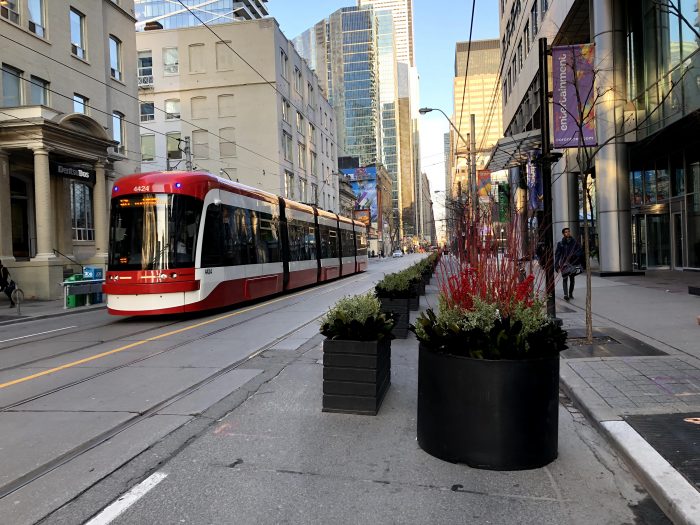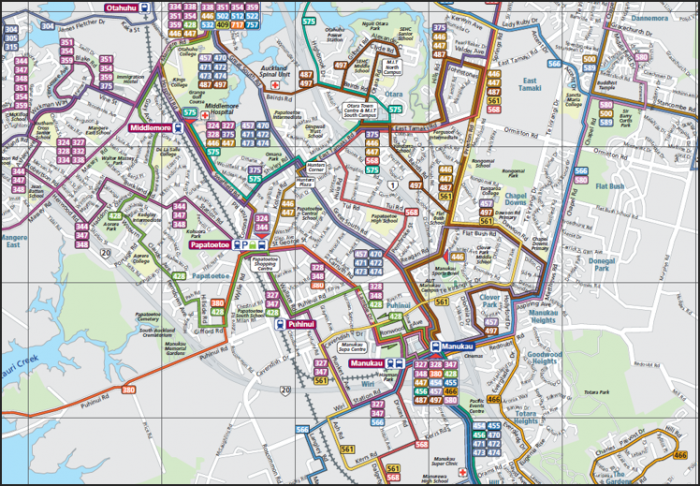Portland’s transit agency TriMet has some good news to report from its “light Bus Rapid Transit” project on Division St. It’s especially good news because lots of North American cities have streets that look like Division, namely:
- A segment of a few miles through the inner part of the city where the street is too narrow for bus lanes, but where redevelopment is driving up densities and thus travel demand. This part of Division is increasingly lined with four story buildings — residential over retail — with historic small-lot single family homes behind them.
- An outer segment in “inner ring suburbia” where the street is wide enough for bus lanes, and where the critical issue is the unsafe environment for pedestrians.
The Division FX project consisted of the following changes, probably in roughly declining order of importance.
- Wider spacing of stops (up to 1/2 mile in some places) with no underlying local-stop service alongside it.
- A 12-minute frequency, instead of the usual 15 for Frequent Service Network lines.
- Signal priority at signals along the line.
- Improvements to sidewalks and pedestrian crossings in the outer segment.
- A short stretch of bus lane in the area that had room for one.
- Articulated buses (60 feet long, with a hinge).
- Nicer shelters with signage identifying the location and a realtime information display.
- A special green paint scheme.
But it’s still in mixed traffic on the narrow and congested inner segment. There was a lot of reason to doubt how much improvement could be achieved in that situation.
So I’m pretty impressed with the results: Overall travel times are up to 20% shorter. That’s 20% more access to opportunity for people traveling along the line. And of course, this line is part of a frequent grid, which spreads these benefits over this whole side of the city.
Ridership is up dramatically as a result, almost 40% for the first year of operation (September 2022 – August 2023) compared to the year before. Total transit system ridership grew about 8% over that time, so some of this is background growth due to ongoing pandemic recovery. But still, even if the effect of these changes were only a 30% increase, that would be spectacular.
There are many, many streets like Division where this quality of service is needed and possible. I hope we can aspire to a time when all frequent bus lines have at least this level of quality.
